Myst
24 Sep 1993
All releases
01 Jan 1970 - LaserActive
17 Mar 1995 - 3DO Interactive Multiplayer
31 Dec 1995 - 3DO Interactive Multiplayer
14 Apr 1995 - 3DO Interactive Multiplayer
14 Dec 1995 - Atari Jaguar CD
31 Dec 1995 - Atari Jaguar CD
24 Sep 1993 - Mac
24 Sep 1993 - PC (Microsoft Windows)
31 Dec 1996 - Philips CD-i
31 Dec 1996 - Philips CD-i
30 Sep 1996 - PlayStation
27 Jan 1995 - PlayStation
01 Nov 1996 - PlayStation
27 Oct 1995 - Sega Saturn
06 Oct 1995 - Sega Saturn
22 Nov 1994 - Sega Saturn
01 May 1996 - Sega Saturn
31 Dec 1997 - Amiga
31 Dec 1997 - Amiga
08 Feb 2012 - PlayStation Portable
08 Feb 2012 - PlayStation 3
28 Aug 2012 - PlayStation Vita
02 Mar 2005 - Windows Mobile
Tags
Time to beat
Main story
Main story + extras
100% completion
A mystical journey through worlds that changed the concept of an adventure game. Lose yourself in fantastic virtual exploration, blurring the line between fantasy and reality, challenging your wits, instincts, and powers of observation like never before. The fantasy beckons... can you resist its call?
Alone on a mysterious island, you set out to explore its grandeur and mystery. Hear how a chilling tale of intrigue and treachery, defying all boundaries of space and time, is being told.
| Audio | Subtitles | Interface | |
|---|---|---|---|
| English | ✓ |


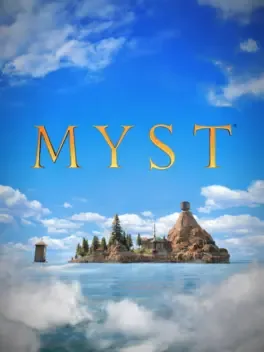
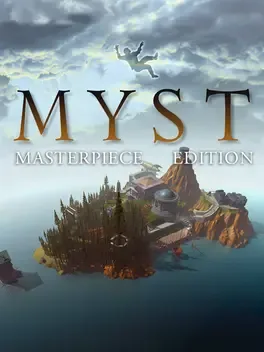
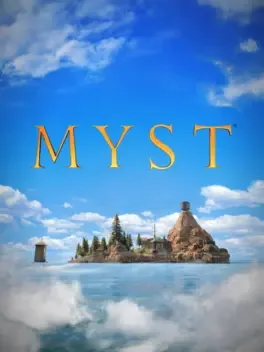
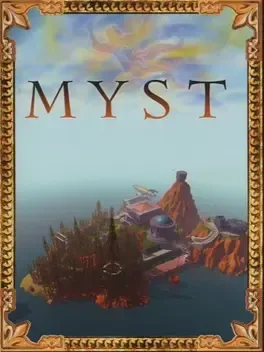
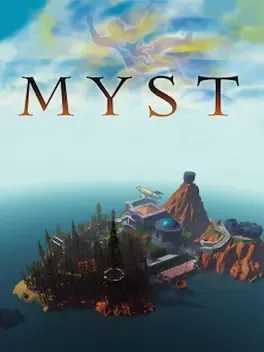


























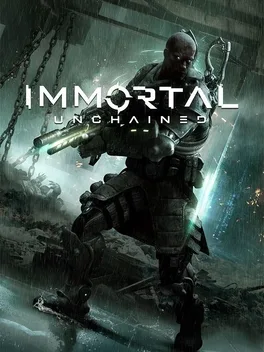
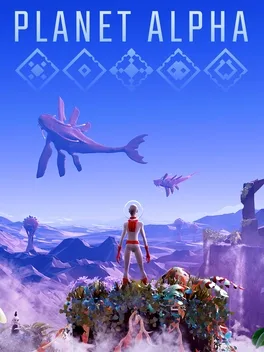
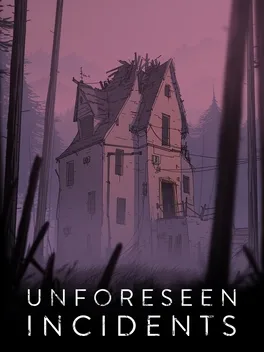
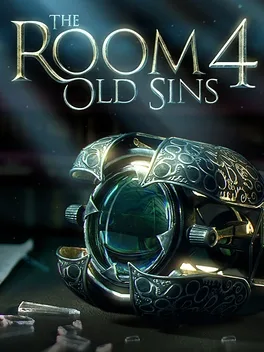
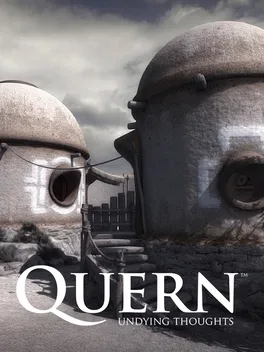
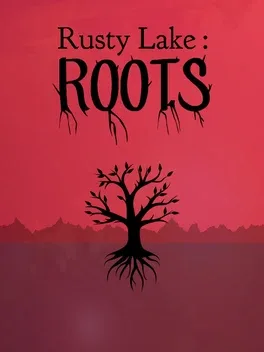
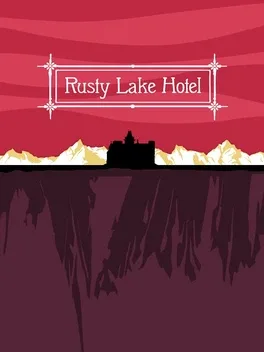
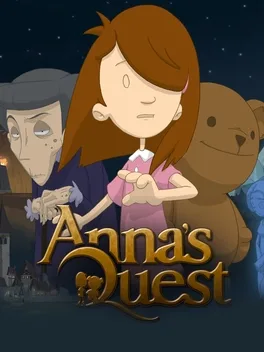
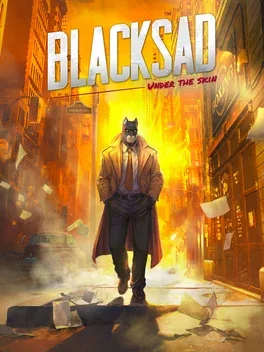

Despite Myst’s reputation, I found it to be surprisingly intuitive for a game from 1993. The lack of HUD, inventory, and combat keeps this game timeless, in my opinion. The last act of Harvester comes to mind, where it switches into this side-scrolling action game with atrocious combat. There’s also only one Age in Myst that I think has a “cheap” puzzle solution (the hidden door in the Stoneship Age), which damn. That’s a pretty good ratio for a puzzle game at the time.
I’m torn on how I feel about the way the story is conveyed in the game. Since you can play each Age in any order, most of the story is just available in journals that can be read at your leisure. So, naturally, I read that all immediately and was disappointed to find that very little story would be revealed after completing each Age. It’s unique, though.
Each puzzle (save for the one mentioned above) doesn’t require some random object to be found (a big complaint I have for many puzzle adventures) and instead are a series of pipes, buttons, levers, and pulleys that have to be studied by the player to understand their purpose in this world. In this game, I never felt like something was only in the game as a puzzle made by a game designer, and instead it always (even with that dumb Stoneship secret door!) felt like components of a real, functioning world. I remember reading that the design philosophy for the puzzles was like so: “if your power goes out, you’d go check the breaker” (paraphrasing) and I think that’s executed flawlessly. As cliché as it is, this game really does feel lived in, or I guess it should say it feels like it WAS lived in. It’s the closest I’ve felt to feeling like an archeologist uncovering lost worlds.
Which again, for it’s time… damn.
No combat, no time limit, no health. It’s an adventure game that prioritises exploration above all else, and most importantly, its a world worth exploring. Excited to play Riven and the following games in the series.